43 food labels low fat
Fats | Nutrition.gov Read about saturated fat - what it is, where it is found, and how you can use the Nutrition Facts Label for reducing saturated fat in your diet. The Skinny on Fat HHS, National Institutes of Health Fat is an essential nutrient for our bodies. It provides energy. It helps our guts absorb certain vitamins from foods. PDF Food Label Tip: How to Choose Foods Low In Saturated Fat, Trans Fat ... Fat-free milk is a better choice. Potato Chips Microwave Popcorn These food labels are for one serving of potato chips (about 12 chips) and one serving of microwave popcorn (1 cup). Microwave popcorn has the lowest % of saturated fat and the lowest amount of trans fat. It has 5% saturated fat and 0 grams of trans fat.
How food labels can mislead shoppers about fat content Kraft Light Singles were 11 per cent fat. Walkers Lites crisps were advertised as 33 per cent less fat, but still contained 22 per cent. Laughing Cow Light had 7 per cent fat, while Marks and...
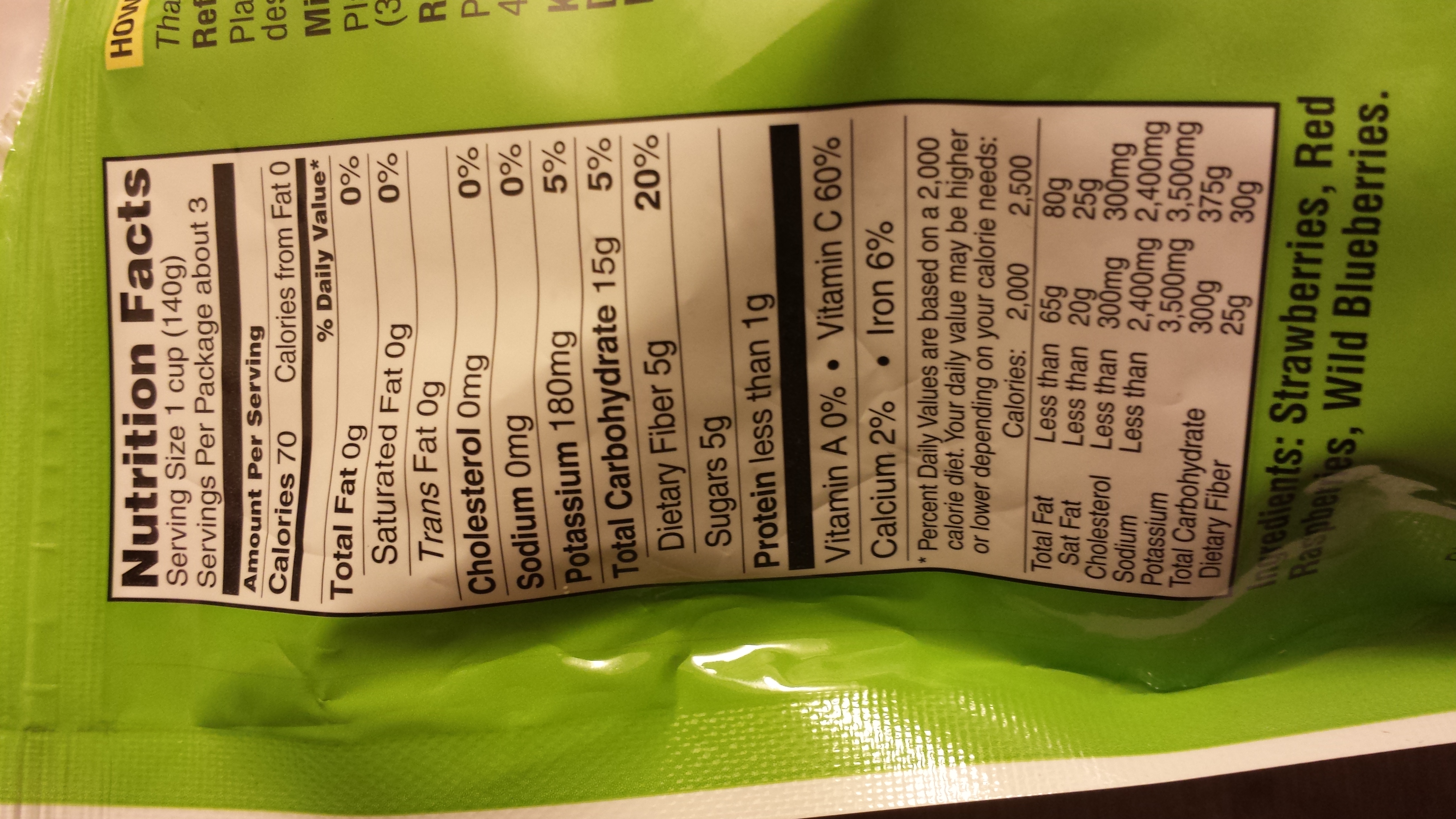
Food labels low fat
Reading Food Labels | ADA - American Diabetes Association Put food labels to work. The Nutrition Facts labels on foods are really the key to making the best choices. We'll cover the basics so that these labels make shopping easier for you. You've heard it all. From carb-free to low-carb, to whole and empty carbs, it's hard to know what it all means. Blood sugar highs and lows aren't always ... How To Read Food and Beverage Labels - National Institute on Aging If a food has 5% DV or less of a nutrient per serving, it is considered low in that nutrient. If it has 20% DV or more of a nutrient per serving, it is considered high in that nutrient. Low or high can be either good or bad — it depends on whether you need more of a nutrient (like dietary fiber) or less (like saturated fat). 10 tips for understanding food labels - Heart Matters magazine 10 tips for understanding food labels ; Low fat means: 3g or less per 100g ; High fat means: 17.5g or more per 100g ; Low saturated fat means: 1.5g or less per ...
Food labels low fat. Food Labels | CDC - Centers for Disease Control and Prevention If you eat the whole thing, you are eating 8 times the amount of calories, carbs, fat, etc., shown on the label. Total Carbohydrate shows you types of carbs in the food, including sugar and fiber. Choose foods with more fiber, vitamins, and minerals. Choose foods with lower calories, saturated fat, sodium, and added sugars. Avoid trans fat. Understanding Food Nutrition Labels | American Heart Association Remember that the information shown in the label is based on a diet of 2,000 calories a day. You may need less or more than 2,000 calories depending upon your age, gender, activity level, and whether you're trying to lose, gain or maintain your weight. When the Nutrition Facts label says a food contains "0 g" of trans fat, but includes ... FDA Regulatory Requirements for Nutrient Content Claims “__% Fat Free” may be used if food meets the requirements for “low fat” and the ... and the amount of total fat if 0.5 g or more per labeling serving). Never Eat Anything With These Food Labels — Eat This Not That For example, one of the most common "health" food package labels you'll see is "low-fat" or "fat-free." While this may be true, it's important to keep in mind that the absence or reduction of fat usually means the presence of way too much added sugar.Manufacturers know they must make low-fat foods palatable in some way, so they add tons of unhealthy sugar to make you enjoy the product (and ...
Reading Food Labels (for Parents) - Nemours KidsHealth Food Label Claims · Reduced fat or sugar means that a product has 25% less fat or sugar than the same regular brand. · Light means that the product has 50% less ... The Scam Behind Low Fat Food Labels - Labrada The best way to show you the low fat food label scam is through an example. Let's say that you have a food that claims to be 99% fat free on the label. But what does that really mean? As Keith rightfully explains, all it means is that by weight, the food is 99% fat free. However, let's say that the hypothetical food contains 50 calories and ... Misleading Nutrition and Food Labels - Health Two percent milk sounds great—it's such a low number! What most people don't realize is that whole milk contains only 3.25% fat. So 2% milk contain less fat than regular milk, but not that much. It... Low-Fat Foods - American Cancer Society Low-fat foods to choose from Dairy and dairy-like products Low-fat (1%) or fat-free (skim) yogurt, cottage cheese, or milk Neufchatel or "light" cream cheese or fat-free cream cheese Fat-free American cheese or other types of fat-free cheeses Fish, meat, poultry, and other protein Egg whites or egg substitutes
Low Fat Nutrient Content Claim - LabelCalc Food manufacturers using the "low fat" nutrient content claim (NCC) need to know what qualifies as "low fat". Speak with an FDA-certified nutritionist. ... a recent global study of healthy eating habits reported that 25% of North Americans felt that a "low-fat" label was very important to them when deciding whether to purchase a ... What do low-fat and fat-free food labels mean? | Nutrition Fat free written on a food label means there is such a low amount of fat that it will not have an effect on your body. Fat free is less than .5 grams ... What the Labels Mean - Calorie Control Council LOW-FAT 3 grams or less of total fat for a given reference amount LOW-CALORIE no more than 40 calories for a given reference amount (except sugar substitutes) LOW-CHOLESTEROL 20 milligrams or less cholesterol and 2 grams or less of saturated fat for a given reference amount Food Labeling & Nutrition | FDA Food labeling is required for most prepared foods, such as breads, cereals, canned and frozen foods, snacks, desserts, drinks, etc. Nutrition labeling for raw produce (fruits and vegetables) and...
Reading Food Labels When You Have Diabetes - WebMD Reduced cholesterol. At least 25% less cholesterol and 2 g or less of saturated fat. Calorie free. Less than 5 calories. Low calorie. 40 calories or less. Light or lite. 1/3 fewer calories or 50% ...
How to Understand and Use the Nutrition Facts Label | FDA - U.S. Food ... Nutrients to get less of: Saturated Fat, Sodium, and Added Sugars. Saturated fat, sodium, and added sugars are nutrients listed on the label that may be associated with adverse health effects - and...
13 Misleading Food Label Claims and How Not to Be Tricked - Sentient Media The use of the term low-fat is governed by the FDA, which dictates that products must not contain more than 3 grams of fat per 50 grams. For meals and main dishes, foods are expected to contain no more than 3 grams of fat per 100 grams, and more than 30 percent of the calories cannot come from fat. 8. Label Says Made With Whole Grains
How to not be tricked by misleading vegan-associated food labels and ... Foods that are specified to be low- or reduced-fat only need to be 25% lower than the original product. This means a product could claim to be low in saturated fat but still have significantly high levels compared to another brand. With "low-calorie", it's even worse, as it just needs to be fewer calories generally.
How to Read Food Labels Without Being Tricked - Healthline The low carb, high fat Banting diet dates back to 1862 and regained popularity in 2013. This article reviews the Banting 2.0 diet and whether it works… READ MORE
Nutrient Claims on Food Labels - Clemson University At least 25% less sugar*. Fiber Claims. (If food is not low in total fat, the label must state total fat in conjunction with the fiber claims.) High fiber. 5 grams or more. Good source of fiber. 2.5 grams to 4.9 grams. More or added fiber. At least 2.5 grams more*.
Don't Be Fooled By Low-Fat Food Labels - SuperFoodsRx For a product to use the term "low-fat" on its label and advertising, its total fat content must be 3 grams or less. Two-percent (2%) milk really isn't low-fat because it has 5 grams of fat per serving - including 3 grams of the artery-clogging saturated fat! In fact, 35 percent of the calories in a serving of 2% milk come from fat.
How to Read the Food Label to Lower Fat in Your Diet Look for foods that state the following nutrition claims: · Low fat– means the food contains 3 grams (g) or less fat per serving. · Low saturated fat · Low ...
Food Labels: Fat & Cholesterol | Home & Garden Information Center Be aware that the word "low-fat" on the label doesn't automatically mean that a food is "low-calorie." "Low-fat" and "fat-free" foods, such as muffins and desserts, often contain more sugars and as many calories as the regular versions. You don't have to eat all low-calorie and low-fat foods.
Food Labels: What does the 'low fat' label actually mean? - bodyandsoulau To get you up to speed, a product can only use the low-fat claim if it has less than 3g fat per 100g (and if it's a liquid, it has to have less than 1.5g fat per 100g). In essence, that means that just because something is labelled as low fat, it doesn't automatically make it healthy - it could be bursting with sugar or salt instead.
What does low fat, light mean on a food label?
Food Labels: How to Decode the 11 Trickiest Terms - Reader's Digest Foods bearing this label meet the low standard for fat and saturated fat, have 480 mg or less of sodium, and are low in cholesterol. They should also have at least 10 percent of the RDV for such...
Food Packaging Claims | American Heart Association "Very Low" and "Low" means the food has a little more than foods labeled "Free." "Reduced" or "Less" mean the food has 25% less of a specific nutrient than the regular product. "More," "Fortified," "Enriched," "Added," "Extra," or "Plus" means the food has 10% or more of the Daily Value (DV) than the regular product.
How to Read Food Labels for a Heart-Healthy Diet The lower the net carbs, the better." Berries: "I usually choose blueberries, which are anti-inflammatory and not as high in sugar as bananas.". Yogurt: "I choose a low-fat brand that's marketed as 'diabetes friendly' on the label, which means it's low in carbohydrates. You get all the benefit of yogurt with far fewer carbs.
Food labels - NHS Some front-of-pack nutrition labels use red, amber and green colour coding. Colour-coded nutritional information tells you at a glance if the food has high, medium or low amounts of fat, saturated fat, sugars and salt: red means high amber means medium green means low In short, the more green on the label, the healthier the choice.
10 tips for understanding food labels - Heart Matters magazine 10 tips for understanding food labels ; Low fat means: 3g or less per 100g ; High fat means: 17.5g or more per 100g ; Low saturated fat means: 1.5g or less per ...
How To Read Food and Beverage Labels - National Institute on Aging If a food has 5% DV or less of a nutrient per serving, it is considered low in that nutrient. If it has 20% DV or more of a nutrient per serving, it is considered high in that nutrient. Low or high can be either good or bad — it depends on whether you need more of a nutrient (like dietary fiber) or less (like saturated fat).
Reading Food Labels | ADA - American Diabetes Association Put food labels to work. The Nutrition Facts labels on foods are really the key to making the best choices. We'll cover the basics so that these labels make shopping easier for you. You've heard it all. From carb-free to low-carb, to whole and empty carbs, it's hard to know what it all means. Blood sugar highs and lows aren't always ...


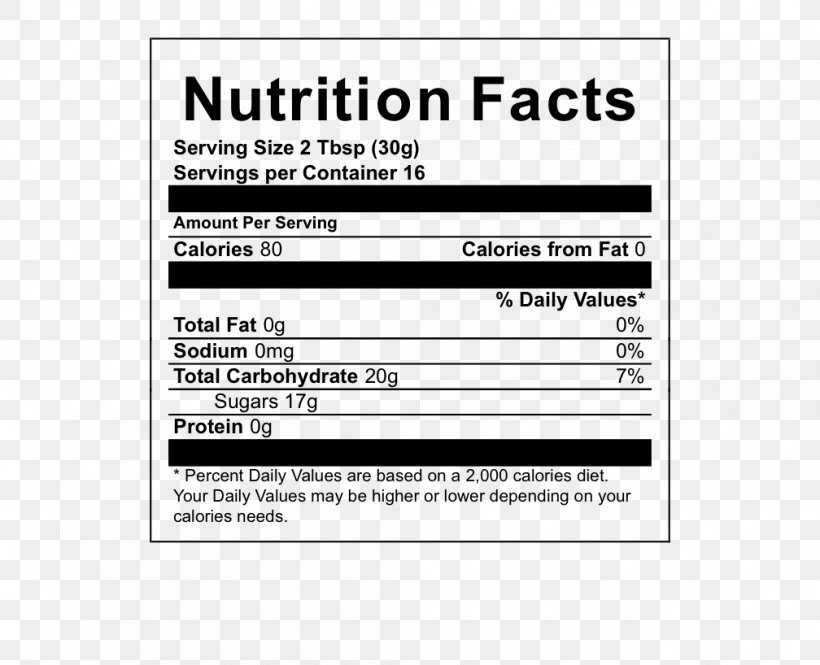




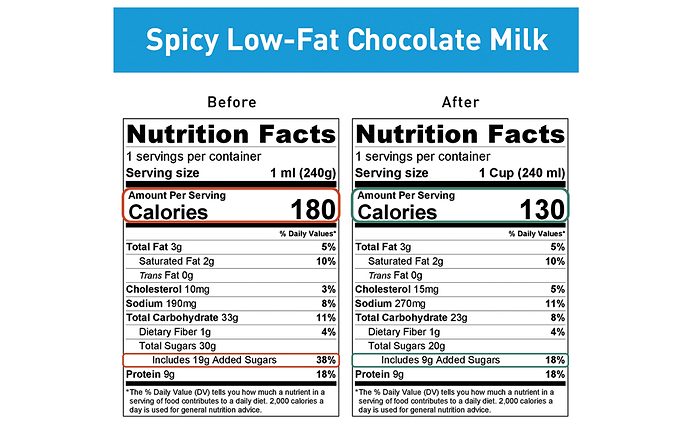
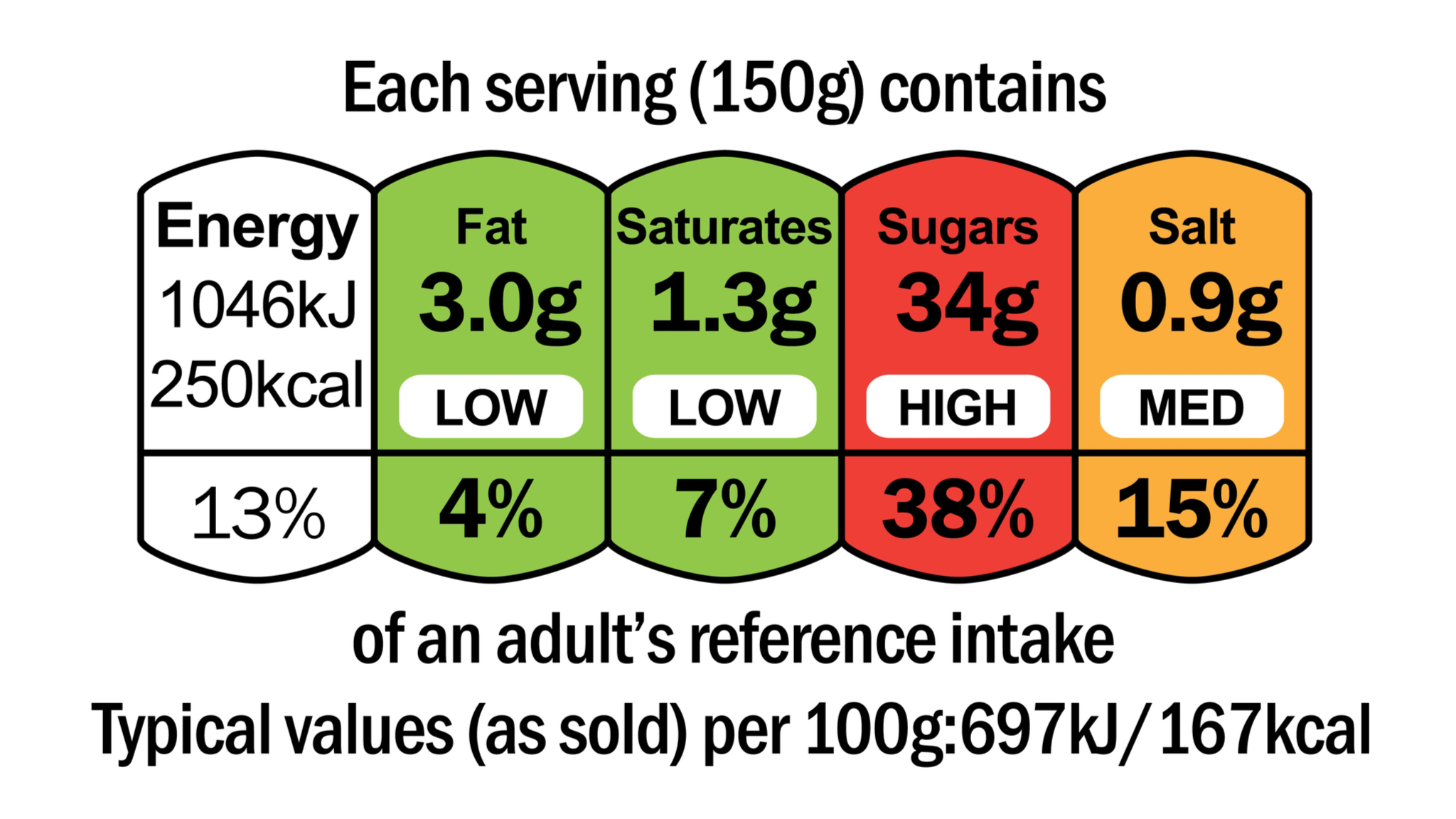



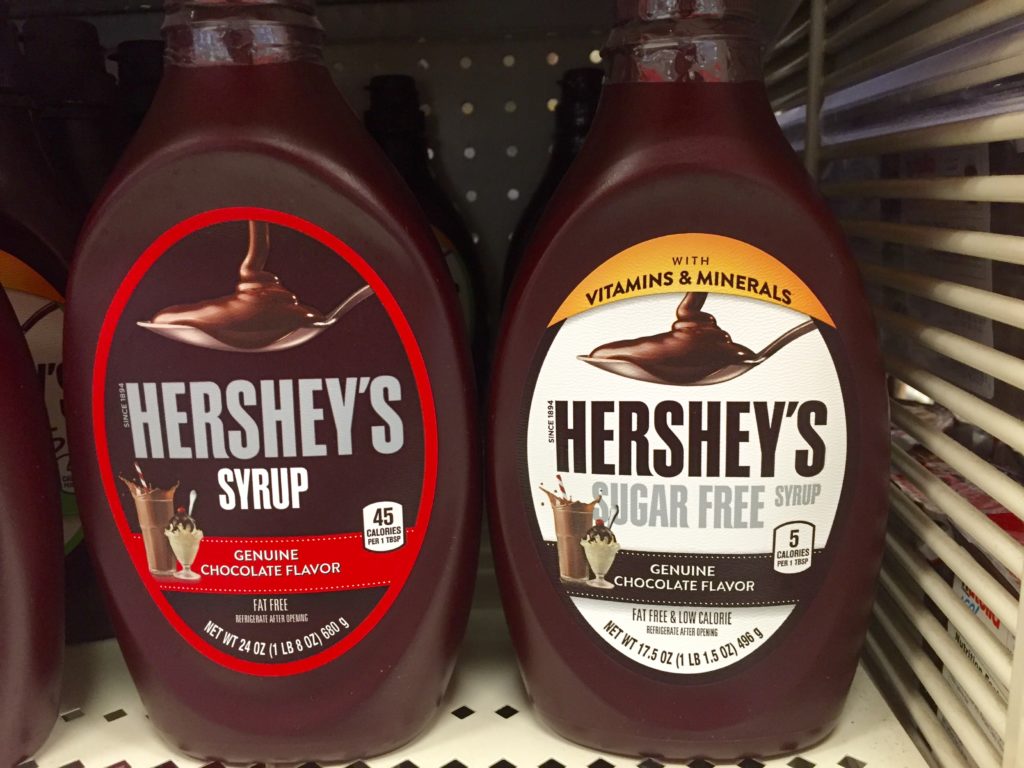
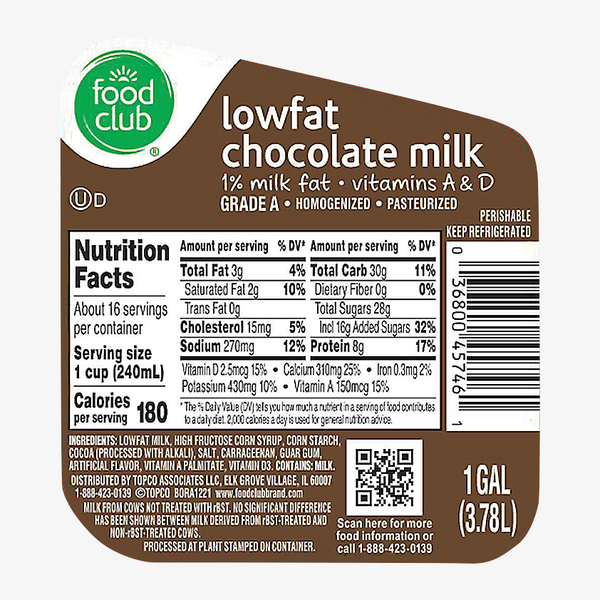
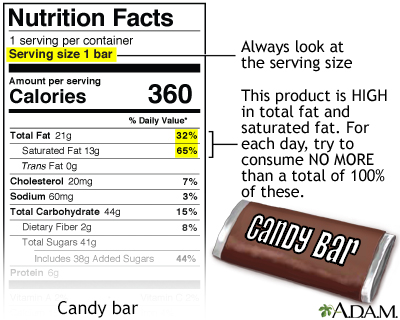







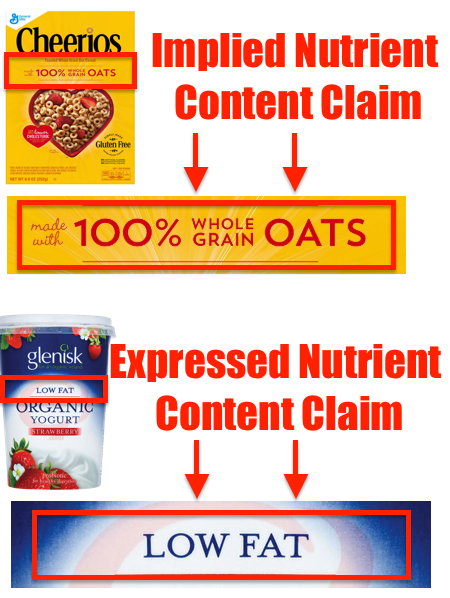



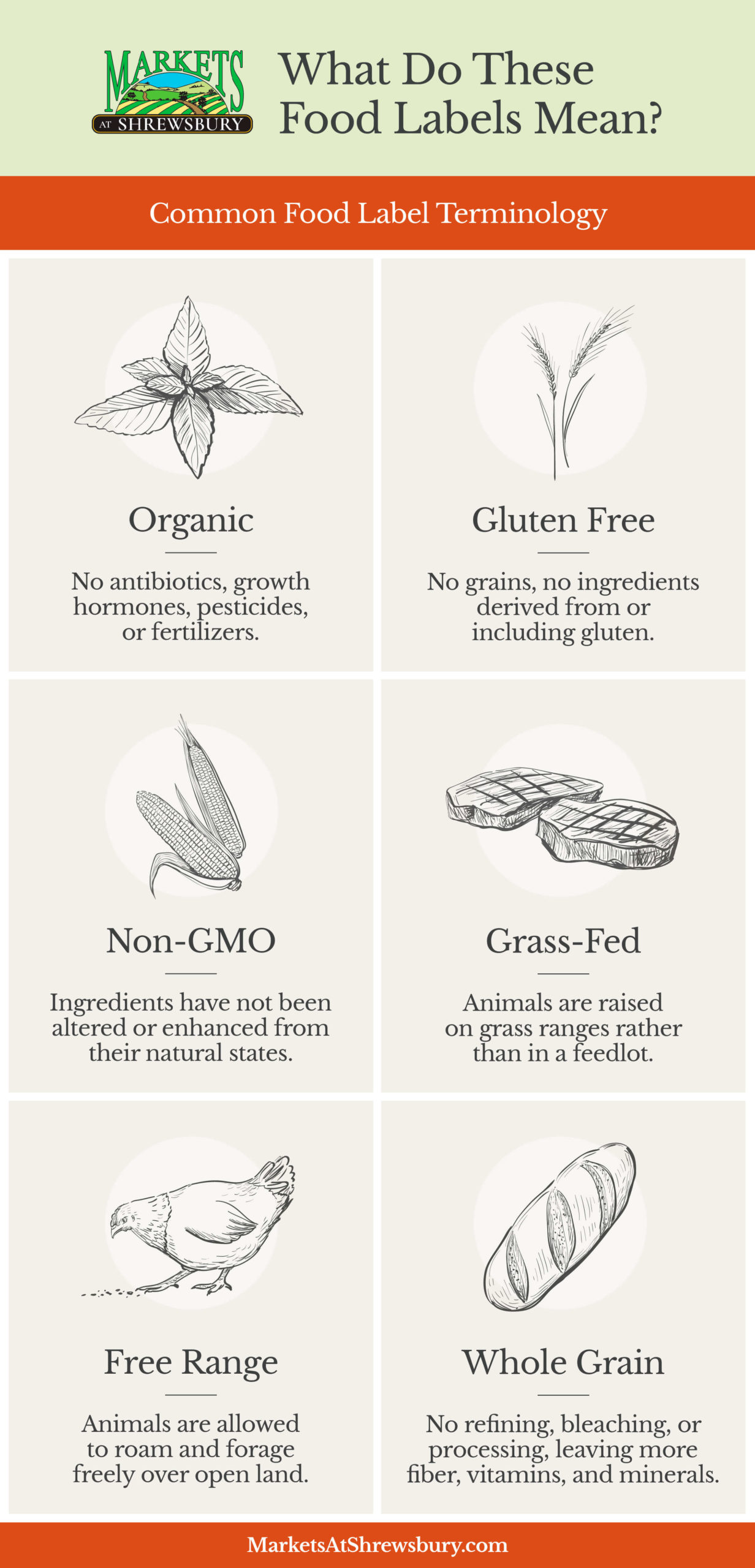

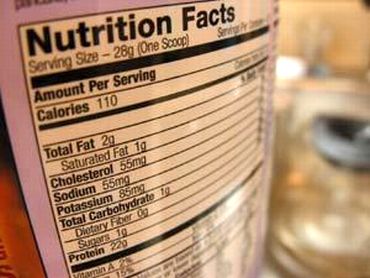


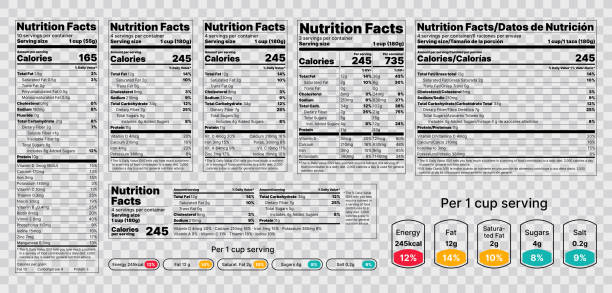




Post a Comment for "43 food labels low fat"